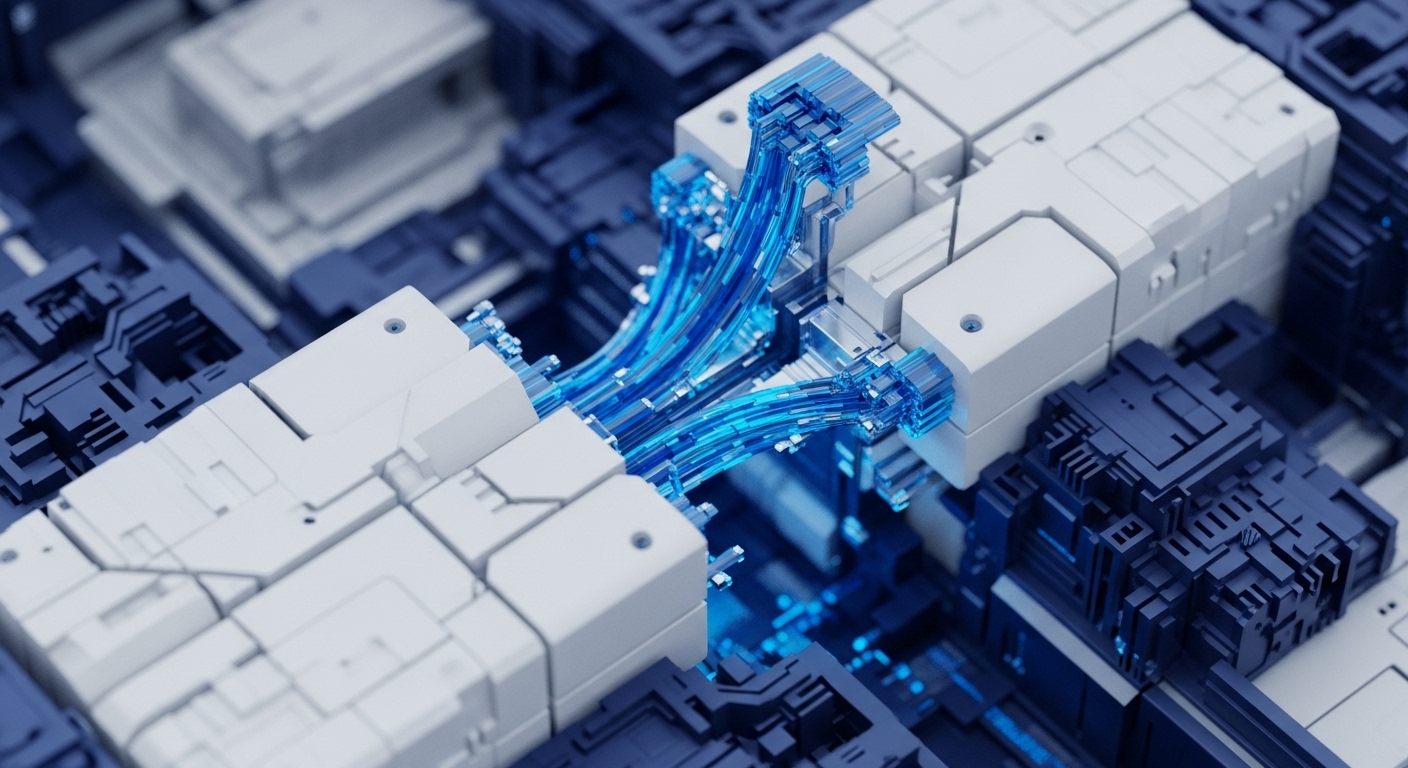
Briefing
The real-world asset (RWA) tokenization market has rapidly expanded, now valued at $27 billion, representing a 118% year-over-year growth, driven by significant institutional engagement from entities like BlackRock, Franklin Templeton, and KKR. This surge underscores a fundamental shift in capital markets, where traditional financial instruments are being digitized onto blockchain networks to enhance efficiency and access. However, the sector’s long-term viability hinges on developing infrastructure that meets stringent institutional standards for asset segregation, auditability, and regulated custody, without which the projected trillions in institutional capital will remain inaccessible.

Context
Historically, the securitization and transfer of real-world assets, such as U.S. Treasuries, private credit, and real estate, have been characterized by multi-day settlement cycles, opaque record-keeping, and high intermediary costs. These traditional processes often limited liquidity, restricted fractional ownership, and created significant operational friction for institutional participants. The prevailing challenge centered on reconciling the need for robust legal and operational safeguards with the demand for greater speed and transparency in asset management.

Analysis
RWA tokenization fundamentally alters the operational mechanics of asset management and capital formation by migrating traditional securities onto blockchain networks. This integration directly impacts treasury management, investment fund operations, and cross-border capital flows. The value creation stems from programmable compliance, enabling automated governance and fractional ownership, which in turn enhances market liquidity and broadens investor access.
For enterprises and their partners, this translates into near-instantaneous settlement, reduced counterparty risk through immutable ledgers, and the potential for new revenue streams derived from more efficient asset utilization. The significance for the industry lies in establishing a new paradigm for asset issuance and transfer, effectively modernizing financial infrastructure to support a globally interconnected, 24/7 economy.

Parameters
- Market Valuation ∞ $27 billion
- Annual Growth Rate ∞ 118% year-over-year
- Leading Fund ∞ BlackRock BUIDL Fund
- BUIDL Fund Value ∞ $1.7 billion in tokenized U.S. Treasuries
- Key Institutional Adopters ∞ BlackRock, Franklin Templeton, Apollo, KKR
- Critical Infrastructure Gaps ∞ Asset commingling, auditability, regulated custody, compliance

Outlook
The immediate next phase for RWA tokenization involves a concerted effort to fortify underlying blockchain infrastructure, ensuring it aligns with the rigorous compliance, auditability, and custody standards demanded by institutional finance. This will likely lead to the emergence of specialized platforms that prioritize these safeguards from inception, setting new industry benchmarks. Second-order effects will include increased competitive pressure on traditional asset managers to adopt similar efficiencies, and the potential for new financial products that leverage the programmability of tokenized assets. This trajectory positions RWA tokenization to establish foundational new standards for digital asset management and capital markets.

Verdict
The accelerated institutional engagement in real-world asset tokenization signifies a pivotal, irreversible convergence of traditional finance with blockchain technology, demanding immediate strategic investment in robust, compliant infrastructure to unlock its transformative potential.
